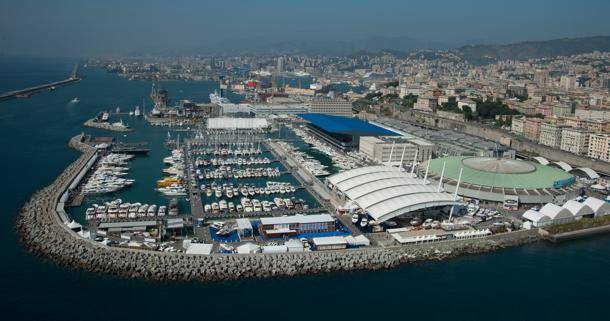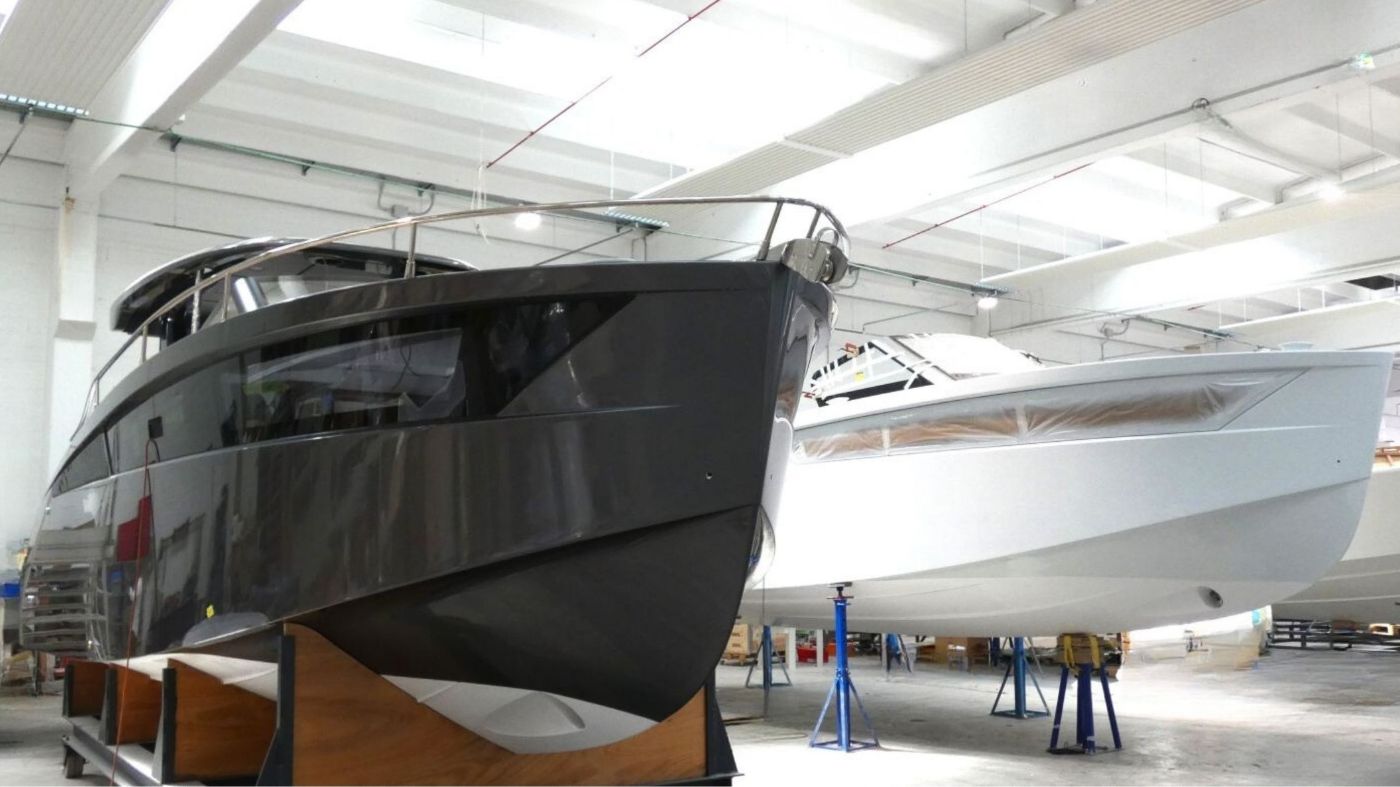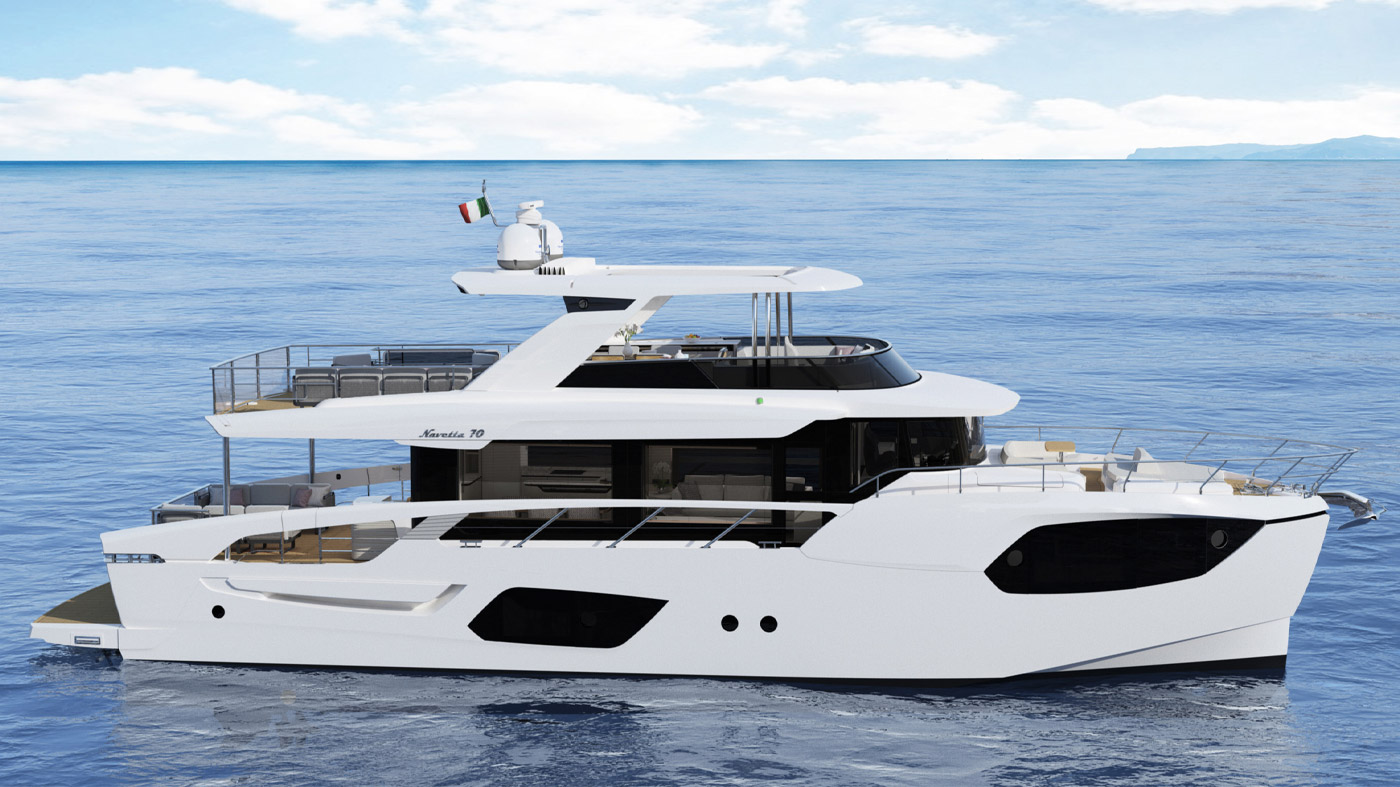Come va la nautica italiana? La stagione dei grandi saloni d’autunno è finita, ed è quindi ora di tirare le somme. Ci aiuta la tradizionale “Nautica in Cifre” redatta ogni anno dall’ufficio studi di Ucina in collaborazione con Fondazione Edison.
Vi avevamo già anticipato nelle settimane scorse che i segnali sono incoraggianti, che gli operatori del settore cominciano ad essere moderatamente ottimisti. Ma vediamo nel dettaglio alcuni numeri fondamentali.
Ecco gli indicatori principali che raccontano come va l’industria nautica italiana, e le variazioni nel 2015 rispetto al 2014.
Fatturato globale 2,90 mld € (più 17,1%)
Produzione nazionale per l’Italia 0,55 mld € (più 13,1%)
Mercato italiano 0,95 mld (più 21,3%)
Addetti effettivi 18.130 (più 3,0%)
Contributo al PIL nazionale 1,75‰ ( più 19,0%)
Numeri nel complesso positivi, soprattutto per quanto riguarda il trend di crescita (e i primi dati 2016 su 2015 sembrano confermarli con un aumento del fatturato globaleancora in “doppia cifra”, nelle dichiarazioni del Presidente di Ucina Carla de Maria al temine del Salone Nautico di Genova) dopo che l’andamento era stato piatto ne nel biennio 2012 – 2013 e in picco vertiginoso dal 2009 in poi (basti pensare che allora il fatturato globale era di 6,18 miliardi di Euro, siamo quindi a meno della metà di allora).
Il contributo predominante alla sua crescita arriva dalla cantieristica, che genera oltre la metà del fatturato del settore (55%), seguito dagli accessori (29%), i motori (9%), refitting, riparazione e rimessaggio (7%). Quanto alla ripartizione geografica del fatturato, il 65% è originato sui mercati esteri, il 19% sul mercato nazionale e il rimanente 16% proviene dalle importazioni.
Uno dei dati più incoraggianti è che al fatturato globale il mercato italiano vi ha contribuito con 950 milioni di euro, crescendo del +21,3% rispetto al 2014, andando ad invertire la tendenza negativa che lo aveva caratterizzato negli ultimi anni.
Uno dei settori in maggiore crescita è certamente quello della vela (55.192.000 Euro come mercato globale) che ha fatto segnare un notevole più 73%. Va però sottolineato che si arrivava da annate particolarmente buie e che ben il 40% (21.800.000 Euro) deriva dalle importazioni.
Analizzando un po’ più da vicino il dato del numero di addetti effettivi (in crescita del 3,0%) dall’indagine di UCINA emerge che i lavoratori dipendenti per il settore nautico complessivamente ammontano a 16.750 unità (contro le 16.400 dell’anno precedente), di cui quasi la metà impiegati nella produzione e importazione di nuove unità. Analoga ripartizione per gli addetti esterni, complessivamente quasi 2.000, contro i 1.800 nel 2014. Gli addetti esterni in media lavorano presso le imprese per un periodo di tempo pari a circa 9 mesi e oltre il 65% viene utilizzato per più di 11 mesi all’anno.
Segnaliamo infine che gli italiani si confermano un popolo di motoristi: l’ 80,5% del parco barche immatricolate è a motore, il 19.3 a vela e lo 0,2 riguarda le navi da diporto, quindi lunghe più di 24 metri.











